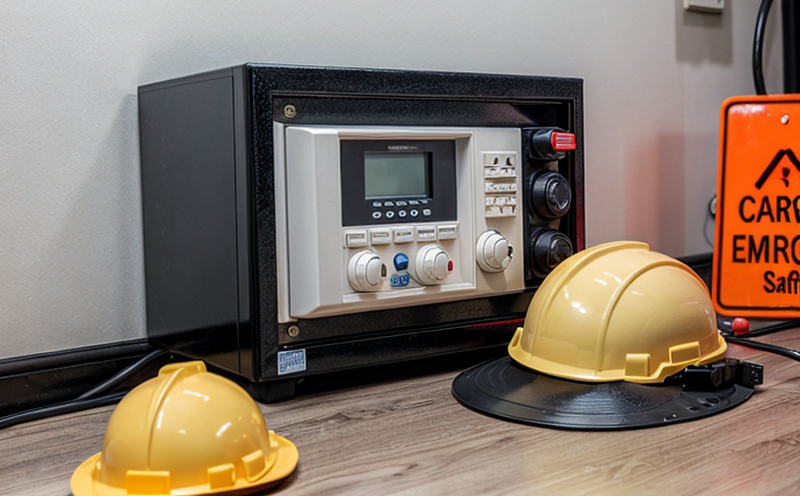EASA CS-25 Emergency Evacuation Demonstration Testing
The European Union Aviation Safety Agency (EASA) CS-25 regulation is a cornerstone of aviation safety, setting stringent requirements for the design and certification of transport category aircraft. Under this regulation, manufacturers must demonstrate that their emergency evacuation systems are capable of safely evacuating all occupants within 90 seconds in an actual emergency scenario. This service focuses on providing comprehensive testing solutions to meet these rigorous requirements.
The EASA CS-25 testing process is highly technical and involves multiple stages. It begins with the design and manufacturing phase where prototypes undergo initial evaluation for compliance with relevant standards such as ISO 18795. Once the design is finalized, a full-scale evacuation demonstration using live or simulated occupants must be conducted. This testing ensures that all components—seat belts, slides, exits, and signaling systems—are functioning correctly under real-world conditions.
The test facility we use for this service features state-of-the-art equipment capable of replicating various environmental factors such as temperature extremes, wind speeds, and even altitude changes to simulate different climatic challenges. Our team of experts ensures that every aspect of the evacuation process is meticulously documented. Post-testing analysis includes detailed reports highlighting any anomalies or areas requiring improvement.
Our commitment extends beyond mere compliance; we strive to provide insights that can enhance overall safety standards in aerospace engineering. By leveraging advanced technologies and methodologies, our laboratory offers unparalleled precision and reliability. With us, you gain more than just certification—you achieve peace of mind knowing your product meets the highest global standards.
Why It Matters
The safety of passengers and crew is paramount in any form of air travel. The EASA CS-25 regulation underscores this by mandating that emergency evacuation systems are not only theoretically sound but also function effectively under real-world conditions. Failure to meet these stringent requirements can lead to significant financial penalties, reputational damage, and most critically, loss of life.
By investing in thorough testing prior to market release, manufacturers demonstrate their dedication to safety and regulatory compliance. This proactive approach helps build trust among consumers who value reliability above all else when choosing transportation methods. Moreover, successful completion of these tests opens doors for international certification, facilitating smoother entry into global markets.
In today’s competitive industry landscape, where customer expectations are constantly evolving towards higher standards of quality assurance, having robust safety protocols in place is essential. Our service ensures that your products stand out not just because they comply with regulations but because they exceed them, thereby setting new benchmarks for excellence within the sector.
Benefits
Engaging our EASA CS-25 Emergency Evacuation Demonstration Testing service offers numerous advantages that go beyond mere compliance. Here are some key benefits:
- Enhanced Safety Assurance: Demonstrating effective evacuation procedures reduces risks associated with potential emergencies.
- Improved Reputation: Meeting or exceeding regulatory requirements enhances brand reputation and consumer confidence.
- Increased Market Access: International recognition ensures easier passage through various certification processes abroad.
- Risk Mitigation: Early identification of issues helps minimize costly rework post-market launch.
- Advanced Insights: Comprehensive testing provides valuable feedback for continuous improvement in product design and functionality.
These benefits collectively contribute to creating safer, more reliable products that meet the highest international standards.
International Acceptance and Recognition
- ISO 18795: This standard sets out guidelines for the design, installation, and maintenance of emergency evacuation systems in aircraft. Compliance with this standard ensures that your product meets international best practices.
- American Society for Testing and Materials (ASTM): ASTM standards provide additional criteria for material testing, which can be particularly useful when considering compatibility across different regions.
- British Standards Institution (BS): Although primarily focused on UK markets, adherence to British standards often translates well internationally due to their rigorous nature.
- International Electrotechnical Commission (IEC): For systems involving electronics or power sources, ensuring compliance with IEC standards guarantees interoperability worldwide.
Our service ensures your product not only meets but exceeds these stringent international requirements, opening up opportunities for broader market penetration and enhanced brand value.





